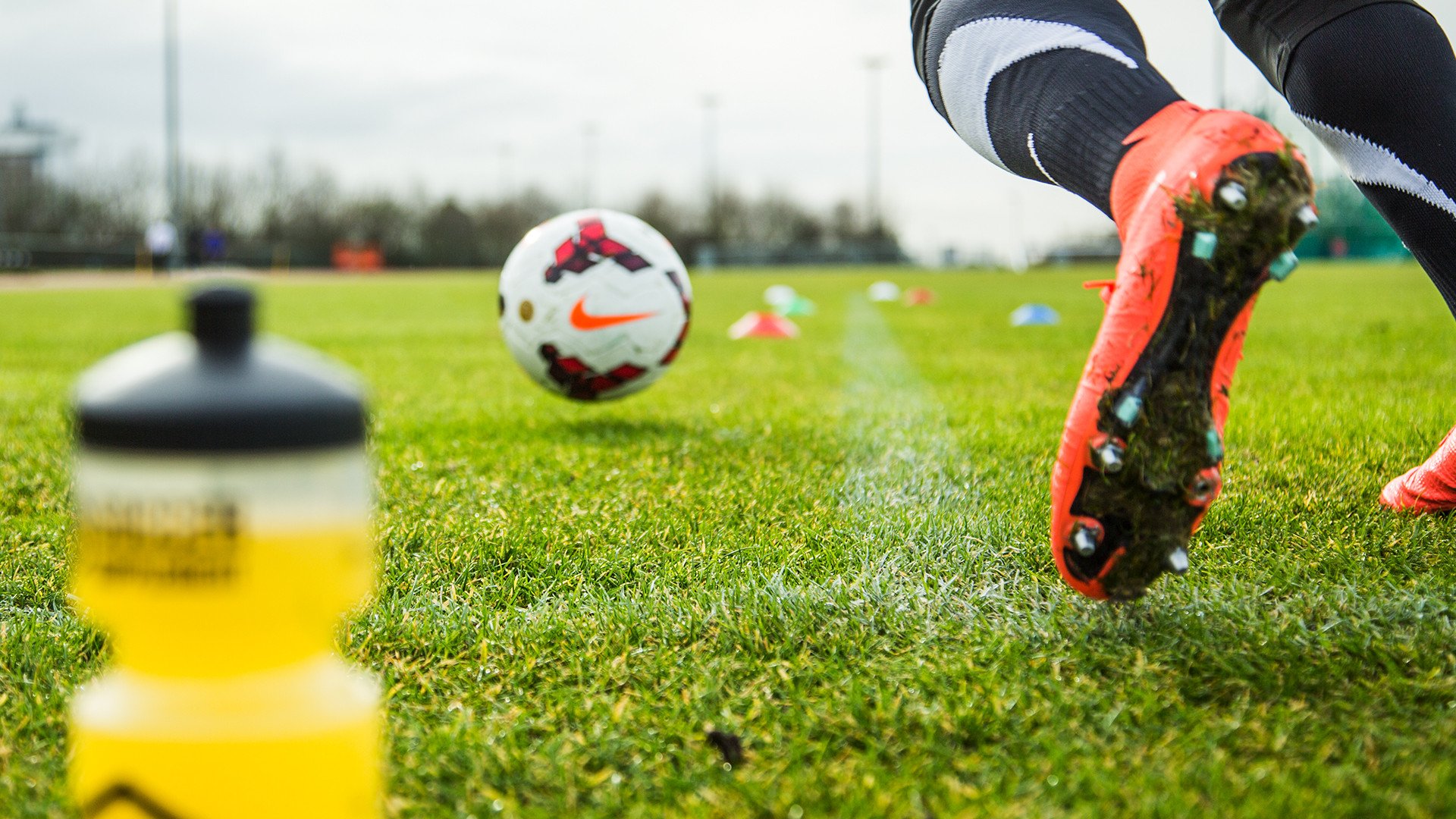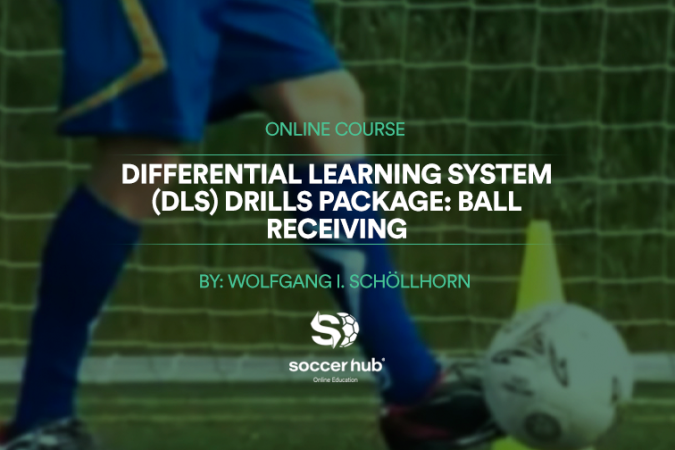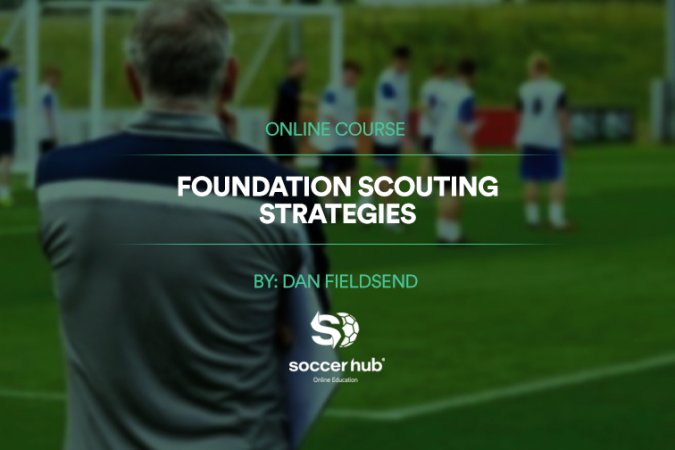

Which Dietary Supplements are NOT a Waste of Your Money? (part2)
While studying for my PhD comprehensive exams, I recently came across an article written by Louise M. Burke and John A. Hawley, and published in the journal Science #362, on November 16th, 2018, titled “Swifter, Higher, Stronger: What’s on the Menu?”.
In it, the authors discussed evidence-based nutritional approaches for optimal performance, including the use of dietary and performance-enhancing supplements. Specifically, they had the following to say about the efficacy of supplement use amongst elite athletes:
“Despite enthusiastic marketing…only a few products enjoy robust evidence of efficacy (e.g., caffeine, creatine monohydrate, bicarbonate, beta-alanine, and nitrate).”
This statement resonated with me, in part because it reminded me of an article I originally wrote and had published back in 2012, in Inside Soccer Magazine and Red Nation Online Magazine, titled “Legal, Evidence-Based Dietary Supplements for Soccer Players.”
I have edited and revised the article, and am sharing it below. I look forward to hearing your thoughts, comments and feedback!
Thousands of dietary supplements are available for purchase “over-the-counter” today, many of which propose benefits to performance for elite athletes. Coaches, parents, as well as athletes themselves, seem to be bombarded today by advertising companies selling products which they claim will reduce injuries, enhance recovery, and make players perform at a higher level.
Parents of young athletes should be especially wary of dietary supplements that they may be giving to their children.
Among the many risks of taking dietary supplements are:
- possible absence of any active ingredient
- possible presence of an illegal / banned substance
- possible impurity / presence of contaminants in the product or packaging
- lack of long-term study / lack of knowledge of possible side-effects
To recognize supplements that are potentially effective and relevant to soccer, the answers to three specific questions – pertaining to three specific criteria – must be met:
- Does the supplement work? (it must affect some physical, physiological, psychological, or other health factor that has an influence on performance in soccer)
- Is the supplement safe? (it must not cause any adverse health effects)
- Is the supplement banned? (it must not contain any substance which is named in a banned substance list, or which may result in a positive doping test)
The purpose of this two-part article is to focus on and explain the use and benefits of two commonly-used dietary supplements, both of which have been scientifically proven to achieve some sort of performance enhancing effect in athletic populations: caffeine and creatine. Part 1 of this article focused on caffeine. In this next edition, Part 2 focuses on creatine.
Creatine:
- Does Creatine Work?
Creatine is a guadinine (amino acid) compound, naturally occurring in meat and fish. Creatine is stored in the body in two forms: free creatine, stored in the blood, accounts for approximately 40% of the total creatine in the body. A modified molecule of creatine, called creatine phosphate, is the body’s second source of creatine, and accounts for the remaining 60%.
The primary energy source of short-duration, high intensity exercise, creatine phosphate is crucial for the performance of sports that involve these types of movements, including soccer. When such exercises are performed (for example, several short sprints done in a short amount of time) the body’s natural supply of creatine phosphate is depleted, which can affect subsequent repeated sprint performance.
The most commonly used dietary supplement is a form of creatine called creatine monohydrate, which is sold in powder form. For athletes, including soccer players, creatine supplements will elicit two different performance-enhancing effects:
- An increased ability to perform short sprints
- Increase in the gains in muscle size and strength that typically accompany resistance training
For the purpose of this article, I will be focusing on improvement number 1, as this has more relevance to soccer players.
Increases in ability to perform short sprints occur as a result of increasing the body’s stores of creatine phosphate inside exercising muscles. The more creatine stored in the muscle, the greater the anaerobic capacity or, more specifically, the greater the exercising time to exhaustion during high intensity, short duration running (sprinting).
There have been several studies conducted on athletes (including soccer players) which have demonstrated this training effect. Although soccer is an aerobic sport, there are moments during soccer games, called repeated sprint sequences (“RSS’s”), where players will perform several short sprints without a lot of recovery in between.
At the elite male professional level, players typically perform between 5 and 10 RSS’s per game. Increased free creatine and intramuscular creatine will help soccer players to improve their performances of RSS’s.
Furthermore, the demand to replenish creatine phosphate in the muscles – in order to allow athletes to continue to run/sprint fast throughout the game – is constant. This means that having more creatine available will speed up the replenishment of creatine phosphate as it is used, and thus allow players to maintain high intensity running ability longer throughout a game.
2. Is Creatine Safe?
Typically, the dose of creatine administered is approximately 20grams per day, for an initial “loading period” of 5-7 days. After this period, doses will typically be decreased during a “maintenance phase”, to between 5-8 grams per day, over the subsequent weeks and/or months.
Because creatine monohydrate supplementation has become widespread in both athletic, as well as general populations, several long-term studies have been done to examine the effects, and potential negative side-effects, of the supplement.
To date, there have been no negative side effects reported from creatine supplementation done following the aforementioned guidelines (5-7 day loading phase with 20 grams per day followed by 14-90 days of maintenance with 5-8 grams per day), other than some gastrointestinal distress when more than 10 grams per day are ingested (Ostojic et al., 2008).
These doses are easily obtainable by ingesting creatine monohydrate in powder form, which is readily available over-the-counter at drug and health food stores. Thus, creatine is both safe, easy to find and use, and effective in improving performance.
3. Is Creatine Banned?
To date, both the World Anti-Doping Agency (WADA), the International Olympic Committee (IOC), as well as the NCAA and CIS, do not list creatine as a banned substance. Consumption of creatine by athletes is legal. Below is a chart detailing the supplementation guidelines described below:
| PHASE | DOSE | TIME DURATION |
| LOADING | 20 GRAMS/DAY | 5-7 DAYS |
| MAINTENANCE | 5-8 GRAMS PER DAY | 2 WEEKS – 3 MONTHS |
Richard Bucciarelli, MS, B.Kin., R.Kin, CSCS, CSEP-CEP, USSF “A”, is a professional fitness coach, sports scientist and coach educator, and the owner of Soccer Fitness Inc., a soccer-specific strength and conditioning company in Toronto. He has worked at some of the highest levels of the game both in Canada and internationally, including the Canadian National Women’s Teams, the Toronto FC Academy, The Uruguayan Segunda (second division) with Canadian SC Uruguay, and the United Soccer League (USL) with the Ottawa Fury FC, as well as several different Canadian college and university teams.
Richard is presently completing his PhD in Human Health and Nutritional Sciences with a specialty in biomechanics of speed and acceleration training in soccer players, at the University of Guelph (expected 2020). An avid author, lecturer and coach educator, Richard holds certifications as a FIFA 11+ Instructor, Sport for Life Movement Preparation Instructor, and Ontario Soccer Learning Facilitator. He works as a Professor of Exercise Science and Physiology at George Brown College in Toronto, provides coaching education for Ontario Soccer, Canada Soccer, and the National Soccer Coaches Association of Canada, and has had over 50 of his articles published in research journals, books, and soccer magazines. For more information about Richard and Soccer Fitness Inc., visit www.soccerfitness.ca.
Get to know more about Soccer HUB!
Follow us on Facebook!
Categories
Latest Courses
-
9 Lessons
-
1 Lesson
-
6 Lessons
You May Also Like
- Blog
- August 1, 2022
- Blog
- June 3, 2022
- Blog
- May 27, 2022
Developed by Brandit Digital Media Services.





